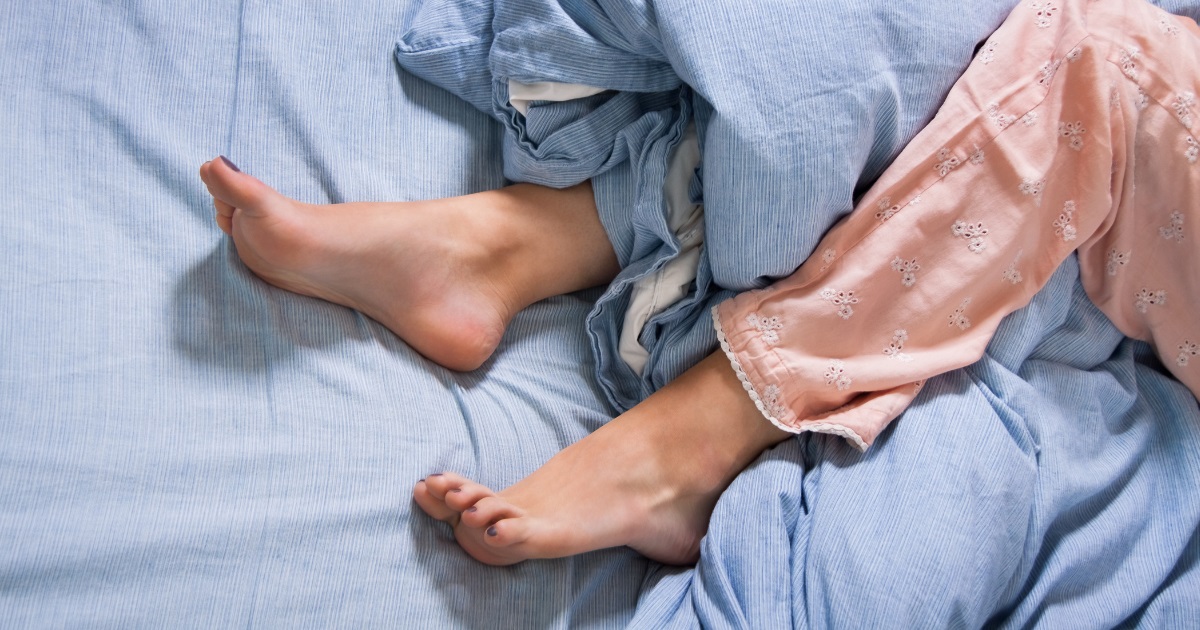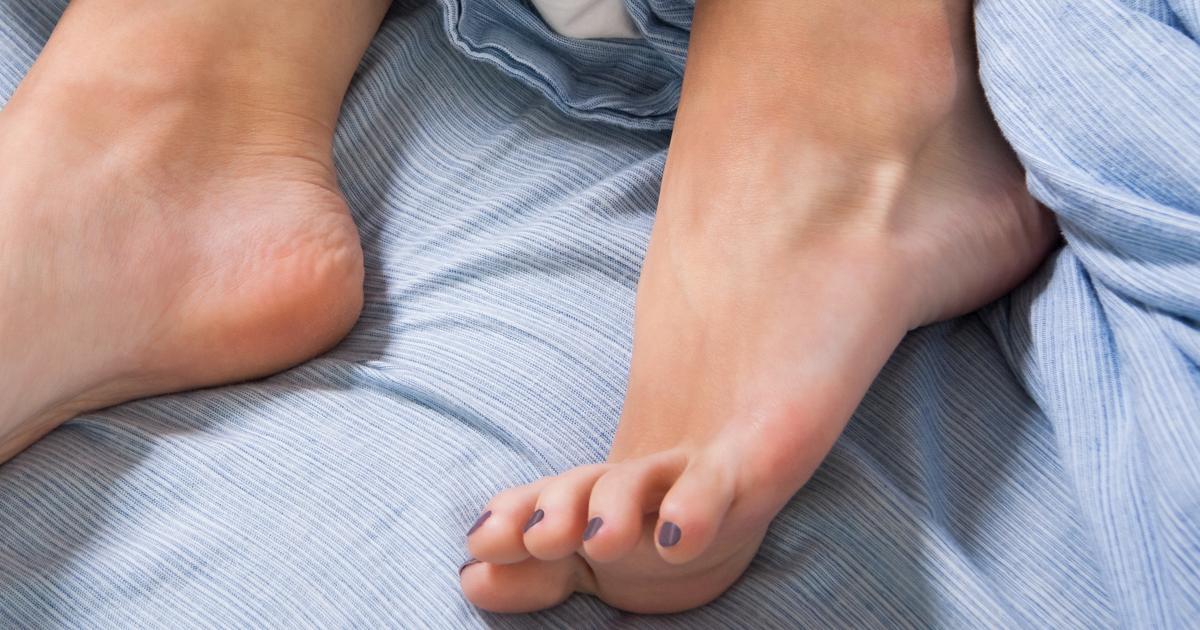Symptoms Of Restless Leg Syndrome
Restless leg syndrome is a condition characterized by an uncontrollable need to move one's legs. This is typically caused by a sensation of discomfort. Episodes of restless leg syndrome generally happen during the evening or the night when sitting or lying down trying to sleep. When individuals move, there's a temporary easing of the unpleasant feeling. The syndrome may start at any age, and it tends to get worse with age. It can make it difficult to get to sleep or stay asleep, which can in turn cause disruptions in an individual's daily functioning. Certain steps for self-care and lifestyle changes sometimes help. Some medications can help individuals with restless leg syndrome.
Urge To Move The Legs

The most characteristic symptom of restless leg syndrome is individuals having an urge to move their legs. Other criteria tend to accompany this urge. A syndrome is a medical condition that describes a collection of different symptoms. These symptoms might not have the same cause or a unified cause at all. Patients might feel like they can't get comfortable when they lay down. There may be a sensation of energy or discomfort in the legs that is only alleviated when they are moved. It might be difficult for individuals to find a sleeping position that feels right to them. They might feel the need to get up and pace when they're trying to sleep or relax in the evening. The sensations typically happen in both legs. There are also less common cases where patients also experience an urge to move their arms. The urge is often due to sensations that occur inside the limb instead of on the skin.
Urges Beginning After Rest

One of the most common accompanying characteristics of restless leg syndrome is the uncomfortable sensations begin after rest. Patients might experience a need to move their legs after they've been sitting or lying down for a long time. Office workers might experience this if they sit at a desk all day and don't often get up to stretch. Individuals might also experience the sensations if they've been sitting in a movie theater, crowded airplane, or car. Restless leg syndrome can be extremely uncomfortable if an individual is driving, as the need to move the legs isn't conducive to using the gas and brake pedals safely. Some affected individuals have a hard time explaining the sensations. They might not be a concrete feeling so much as an overwhelming discomfort. For others, the sensations might be described as electric shocks, tingling, itching, aching, throbbing, pulling, creeping, or crawling. It's rare for the feeling to be described as a numbness or muscle cramp.
